Welcome to Strings of Rage™! We’re Joe & CJ! We know that decent advanced guitar lessons are hard to find, so thanks for being here! We’re building this awesome resource with the goal of trying to put together the most incredible guitar & music theory resource we wish we had when we started our journey.
No BS. Just killer guitar & music theory lessons covering all aspects of the instrument INCLUDING lessons for 7 and 8 string players.
Strings of Rage Syndicate members get an all axe-cess pass to unlock exclusive content through Patreon.
We’ve compiled an overview of some of our most popular lessons below. All of our web lessons are free. However Strings of Rage™ Syndicate Members unlock additional content on nearly every lesson including our eBooks & Tab Books in PDF format, Backing Tracks, GPRO Tabs, Video Content and more.

Recent Addition: 3nps Melodic Minor Modes
We’ve recently updated the Melodic Minor modes lesson. This is a killer introduction for anyone looking to break ground on the modes of the Melodic Minor Scale.
Lesson Includes Exclusive Member Only Download.
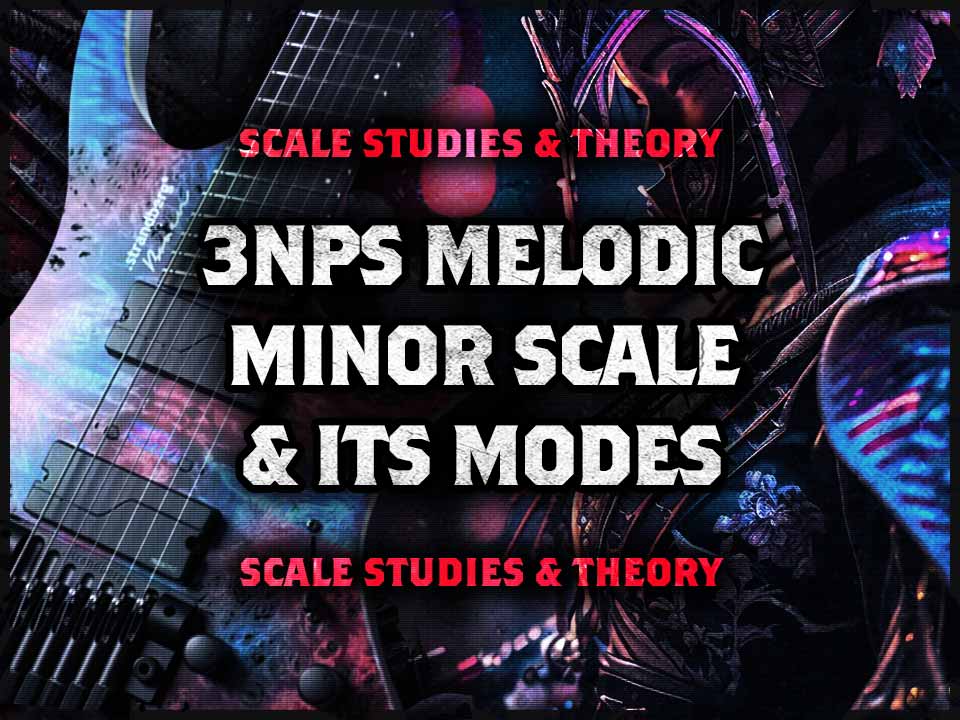
Sweep Picking Insanity – Diminished Returns
In this lesson we’re looking at fusing Diminished 7th arpeggios with chromatic runs. We’ll also look at where you can find diminished 7th arpeggios within different modes and how to use them.

More of our favourite lessons:
Here are some of our most popular lessons. Check back regularly because the page is always being updated with new guitar learning material! Strings of Rage Syndicate Members can unlock additional downloadable content for lessons all over our website. Downloadable content includes GPRO tabs, exclusive Strings of Rage tab books, extended theory books, videos and backing tracks!
Creative Chords & Voicings 7 String Guitar Pt.2
We’re back again with another essential dose of 7 string guitar chords. We’re using standard tuning this time however we’re looking at some really killer chords using creative voicings and all 7 strings!
Includes Exclusive Member Only Content!
LETS DO IT! →
ALL CHORD LESSONS
Chords for 7 String Guitar in ‘Drop A’ Tuning.
Extended range players, we’ve got your back! Here’s a cool lesson covering some basic chords for 7 string guitar that should get you started.
Includes Exclusive Member Only Content!
Scale Study: The Japanese Hirajoshi Pentatonic Scale
The most in depth lesson for The Hirajoshi scale on guitar. We cover many ways to play this scale, its modes, Hirajoshi chords & killer oriental arpeggios for some truly exotic shred!
LET’S DO IT! →
ALL EXOTIC SCALES →
The Ultimate Guide To Interval Mastery for Guitar.
Interval mastery is of Vital Importance if you truly want to understand the guitar neck, avoid guess work and reliance on box shapes & muscle memory. Kick That Habit! Learn Intervals Now!
Harnessing The Hidden Powers of The Dominant 7th Arpeggio
Here’s some really cool ideas you can do with the Dominant 7th Arpeggio that you may not have thought of before. We’ll show you some unusual places where this arpeggio lurks!
The Mysterious Pentatonics of Melodic Minor.
The Melodic Minor Scale is a deceptive bag of tricks and mystery & we’ve found it to be an inexhaustible source of inspiration for writing.
Includes Exclusive Member Only Content.
Strings of Rage™: Guitar Lesson Categories
Choose from our most popular categories to find your topic of interest. Alternatively use the menu at the top where you can find your way around our library of almsot 100 free guitar lessons.

Benefits of Joining The Strings of Rage Syndicate Membership:
We’re creating the learning platform we wish we had when we began our musical journey. All your support through Patreon memberships means we can make better content, a bigger platform and do all of that faster. Joe and I have no shortage of killer content ideas lined up and your support through Patreon is helping us work towards our end goal of doing this full time. We’re grateful for everyone who supports us in one way or another.


Level Up Your Playing Faster With Unlockable Content
We’ve cut all the bullshit from modern guitar lessons so sign up and dive in. Questions or queries? You can personally reach out to us at any time. £10 per month will give you full access to our ever growing library of content, currently downloadable from our Patreon profile.




Join The Strings of Rage Syndicate!
Take your guitar playing to the next level. Join the community for exclusive new lessons, ideas and over the top guitar creativity! We look forward to seeing you around!


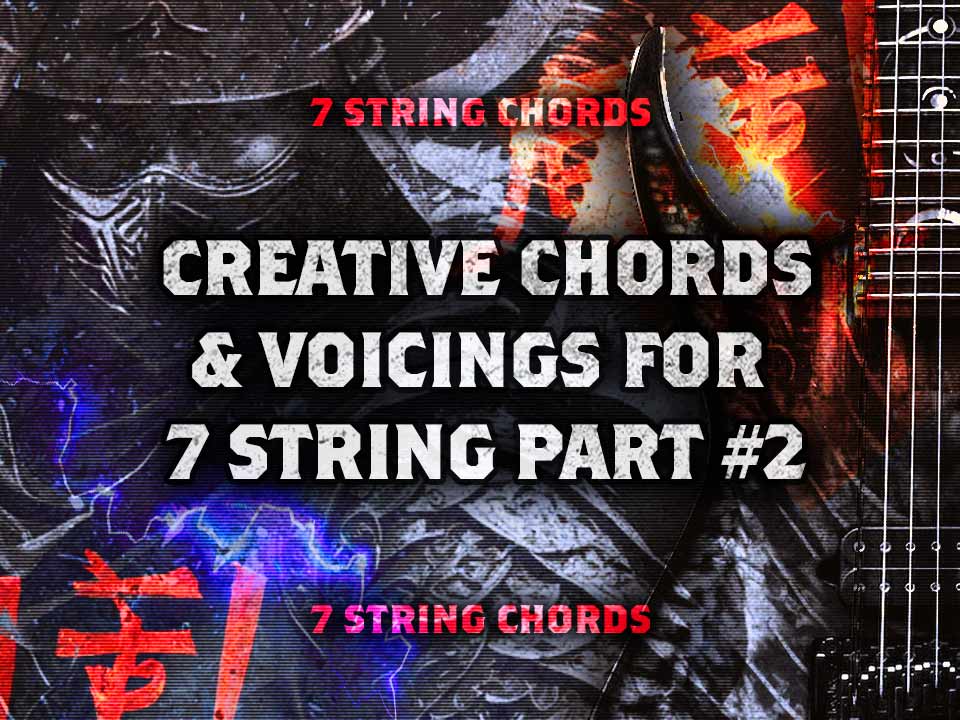



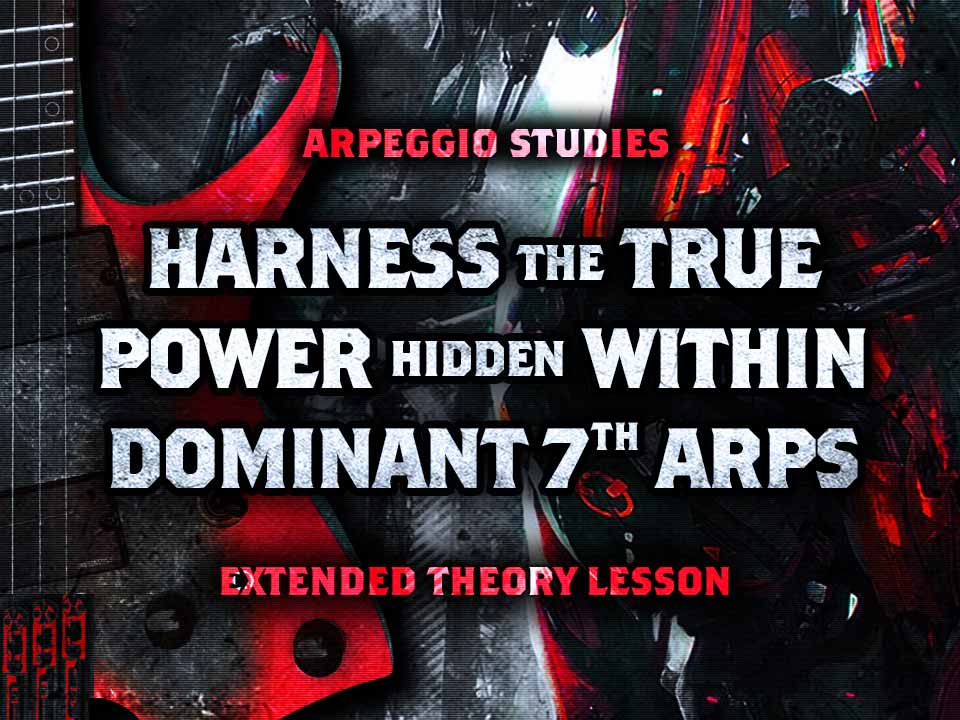
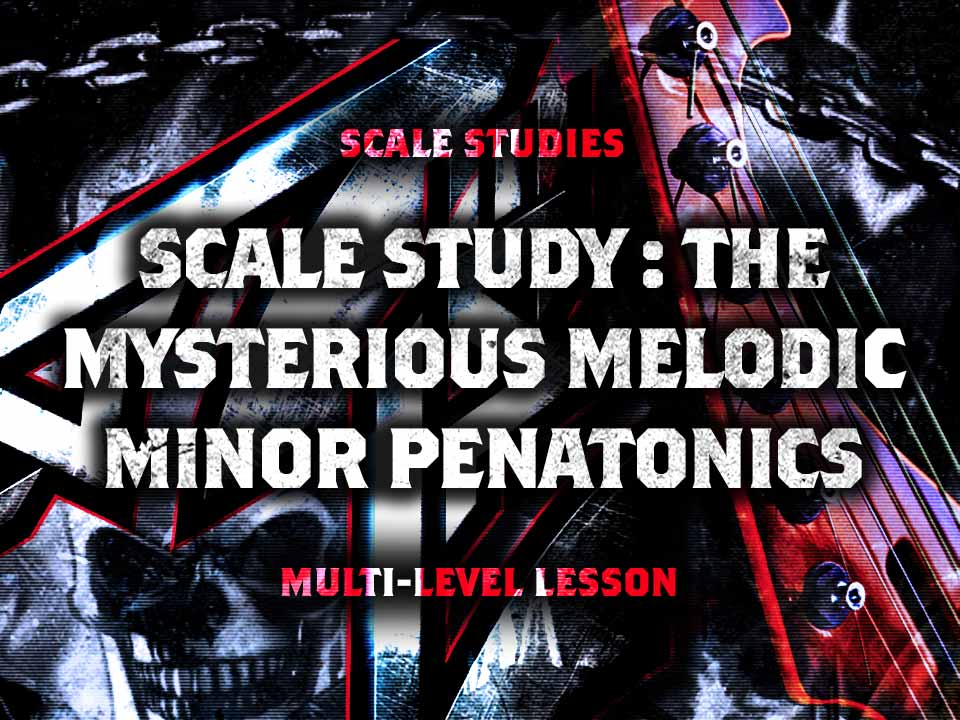
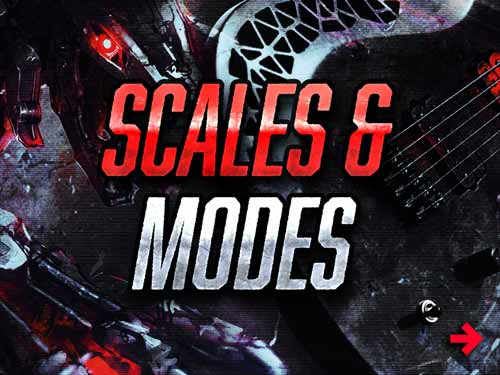


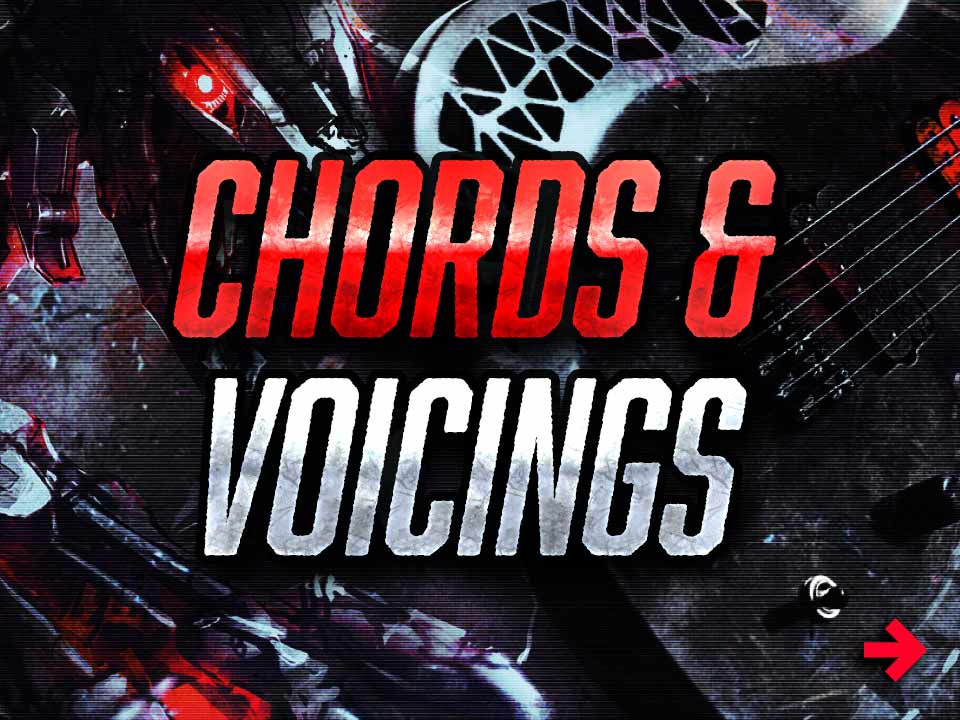






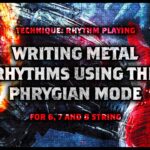

No Comment